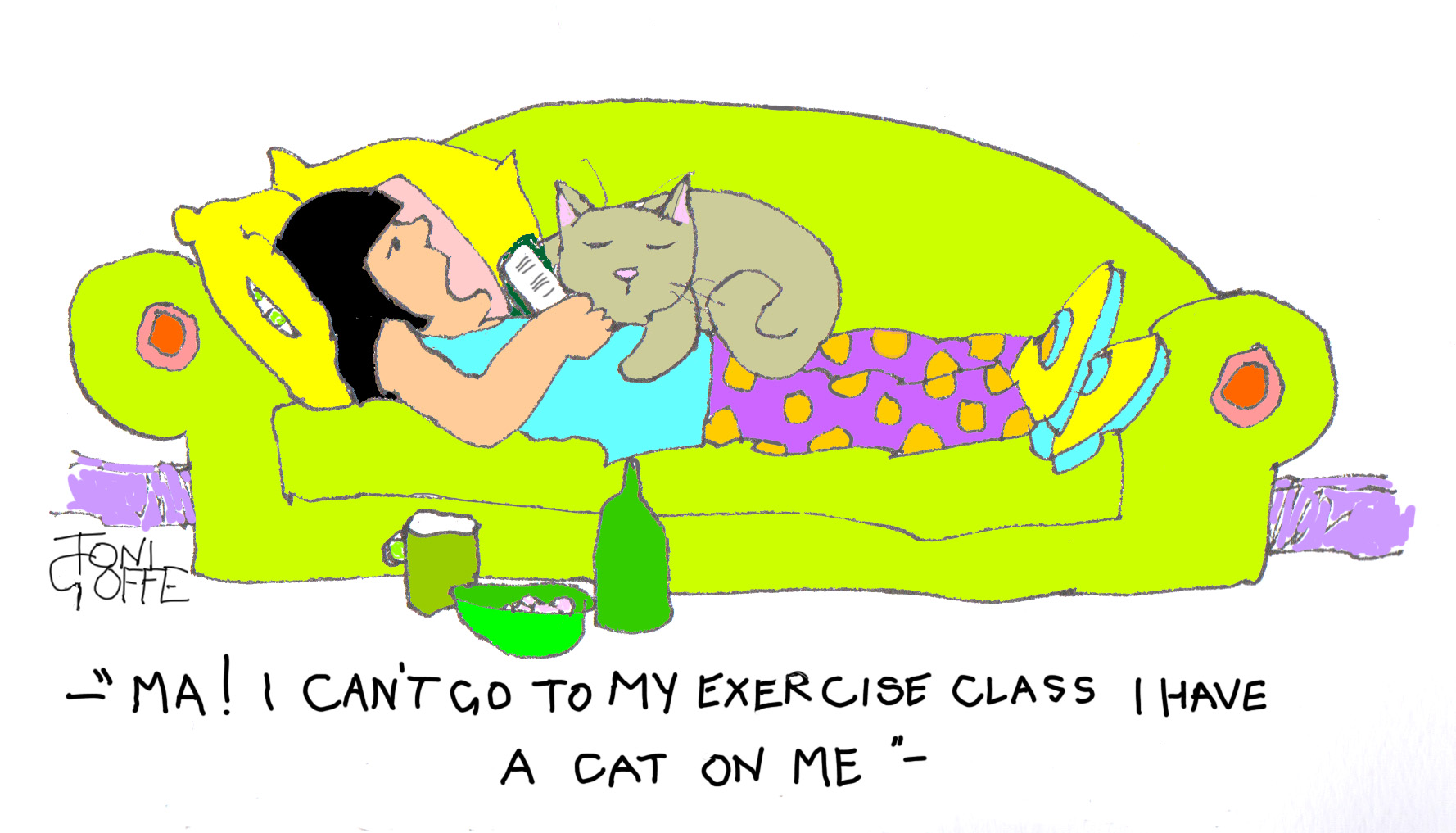EXERCISE AND CHILDREN
WHO Report1
The international recommendations on physical activity are for young people to take an hour of moderate to vigorous exercise daily. In November the Lancet published a survey of the exercise patterns of children in 146 countries. The study found that 80% of 11 to 17 year olds were not meeting this recommendation – and that the same applied to rich and poor countries. In most countries boys were more active than girls.
Bangladesh had the lowest levels of inactivity but it still had 66% of children (two in three) not taking an hour a day of exercise, according to the study. Boys in the Philippines (93%) and girls in South Korea (97%) were the most inactive in the study.
Why this matters
The main reason is health, both now and in the future. For children being brought up taking plenty of exercise should be the start of a lifetime of healthy living. Some of the benefits include fitter heart and lungs, stronger bones and muscles, better mental health and wellbeing, lower weight, and reduction of the risk of many diseases, from heart attacks and stroke to type-2 diabetes.
The WHO has concluded that “Active adolescents are likely to be active adults,” and that the inactivity of today’s children is damaging their health, brain development and social skills.
Why is it happening?
People sleep less, sit more, walk less frequently, drive more regularly, and do less physical activity than they used to. The report tells us something universal but it’s not just about children. It’s the neglect and failure of us to prioritise physical activity – and that seems to be worldwide. The electronic revolution has fundamentally transformed people’s movement patterns by changing where and how they live, learn, work, play, and travel, progressively isolating them indoors, most often in chairs.
What can be done about it?
It takes political will and action to change behaviour – a mixture of propaganda, facilitation, fiscal measures and medical culture will be needed. The example of cigarette smoking shows how unhealthy habits can be improved. The population was informed that the evidence showed that cigarettes caused disease, cigarette smoking in public places was banned, tax on tobacco was increased and doctors stopped smoking and encouraged their patients to do the same.
I do not believe that the public is well enough informed about the role if inactivity, starting in childhood, in causing long term ill health. There is not nearly enough expenditure on improving the exercise-friendliness of new housing developments and provision of conveniently accessible facilities for physical activity. In some instances it seems to be government policy to reduce exercise opportunities. The figures on school playgrounds are shocking. Since the London Olympics in 2012 the equivalent of one playing field per fortnight has been sold off and the rate of sales has recently risen. In 2016, 21 schools sold their playing fields to developers, the highest number since 2013. Permission to sell was often denied by local authorities who were then overruled by the Department of Education. Unbelievable!
Doctors shoud have regular exercise as one of the criteria in their annual appraisals. The option on their prescription algorithms should include exercise as an alternative to yet another bottle of pills. My hope is that political action and public education will produce a cultural shift which will make inactivity as unacceptable as cigarette smoking. To be effective this needs the full weight of public opinion and social pressure, though it will be difficult to tax it!
Subscribe to the blog
Categories
- Accelerometer
- Alzheimer's disease
- Blood pressure
- BMI
- Cancer
- Complications
- Coronary disease
- Cycling
- Dementia
- Diabetes
- Events
- Evidence
- Exercise promotion
- Frailty
- Healthspan
- Hearty News
- Hypertension
- Ill effects
- Infections
- Lifespan
- Lipids
- Lung disease
- Mental health
- Mental health
- Muscles
- Obesity
- Osteoporosis
- Oxygen uptake
- Parkinson's Disease
- Physical activity
- Physical fitness
- Pregnancy
- Running
- Sedentary behaviour
- Strength training
- Stroke
- Uncategorized
- Walking


